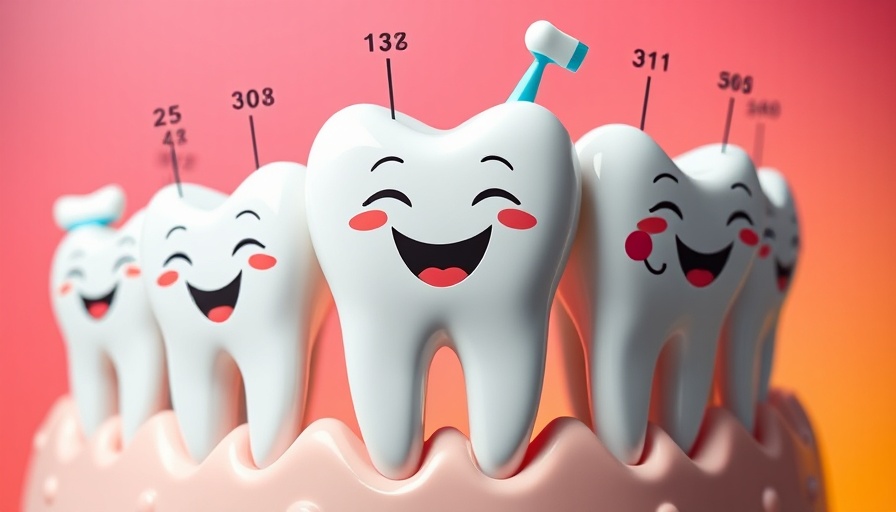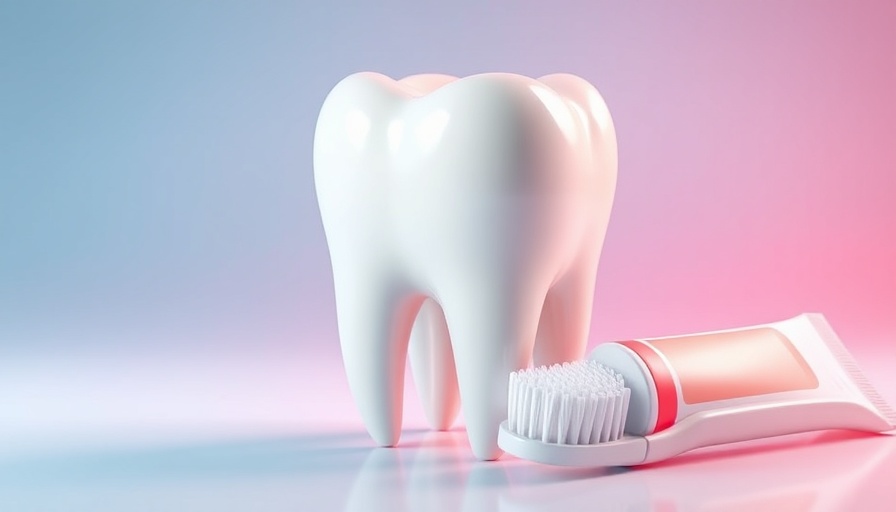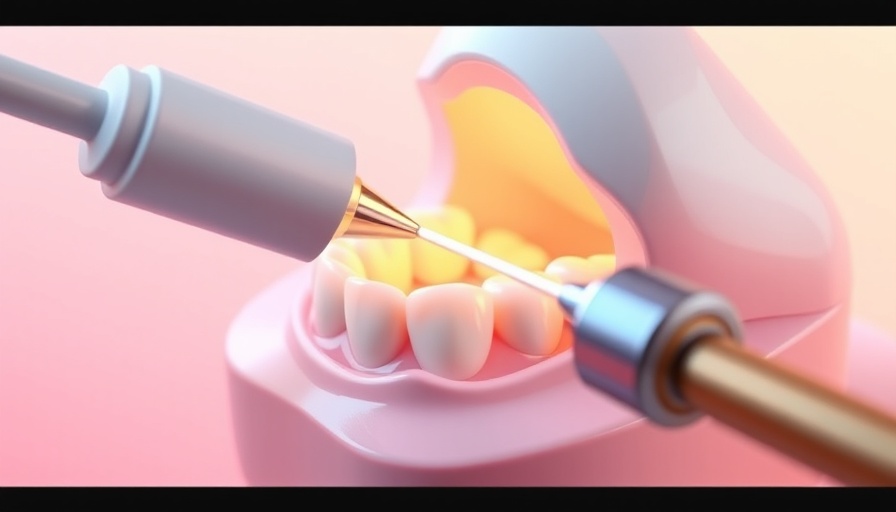
Understanding Noncarious Cervical Lesions in Pediatric Dentistry
Noncarious cervical lesions (NCCLs) present an interesting challenge in pediatric dentistry due to their asymptomatic nature. Understanding the risk factors associated with their development is crucial for child dentists. Recent studies have identified several contributing elements such as occlusion patterns, brushing habits, and even dietary factors.
Unique Benefits of Knowing This Information
For pediatric dentists, being equipped with this knowledge can lead to early interventions and tailored preventive strategies, potentially saving young patients from discomfort and preserving their dental health in the long term. It also allows dentists to educate both parents and children about the importance of proper oral hygiene and lifestyle habits to prevent NCCLs.
Actionable Insights and Practical Tips
Pediatric dentists are encouraged to conduct comprehensive analyses of their young patients' oral habits and dietary patterns. By offering practical tips on brushing techniques and recommending dietary modifications, child dentists can effectively reduce the risk of NCCLs. Additionally, routine check-ups can help in monitoring the dental health of children and prompt actions when early signs of lesions appear.
 Add Row
Add Row  Add
Add 




Write A Comment